 Is there anything sweeter than a beautiful movie palace? 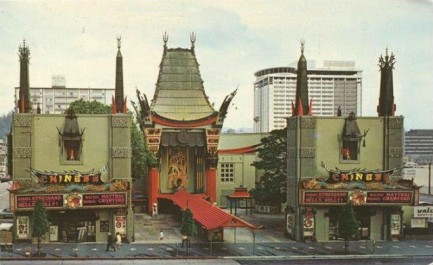
You probably recognize Grauman's Chinese Theatre, in Los Angeles. These days it's called TCL Chinese Theatre, because it's owned and operated by TCL Corporation—based in China, ironically. Since we write so often about movies we thought it appropriate to discuss the beautiful buildings in which the films were exhibited. Back in the day these were usually purpose-built structures, though some did split duty for stage productions and concerts. While many of these old palaces survive, nearly all surviving vintage cinemas in the U.S. were under threat at some point. Generally, if they hadn't been given historic protection they wouldn't be upright today.
Other times, if a city was poor, real estate costs didn't rise and old buildings stood unthreatened, usually idle. This happened often in the American midwest, where movie houses were neglected for decades before some were resurrected amid downtown revitalizations. It sometimes happens in Latin America too, although occasionally the formula fails. For example, Cartagena's majestic and oft photographed landmark Teatro Colón, located in the historic section of Colombia's most popular coastal tourist city, was torn down fewer than six months ago to make way for a Four Seasons Hotel.
Some of the cinemas below are well known treasures, while others are more unassuming places. But even those lesser known cinemas show how much thought and work was put into making moviegoing a special experience. The last photo, which shows the Butterfly Theatre in Milwaukee, exemplifies that idea. The façade is distinguished by a terra cotta butterfly sculpture adorned with light bulbs. As you might guess, many of the most beautiful large cinemas were in Los Angeles, which means that city is well represented in the collection. Enjoy.
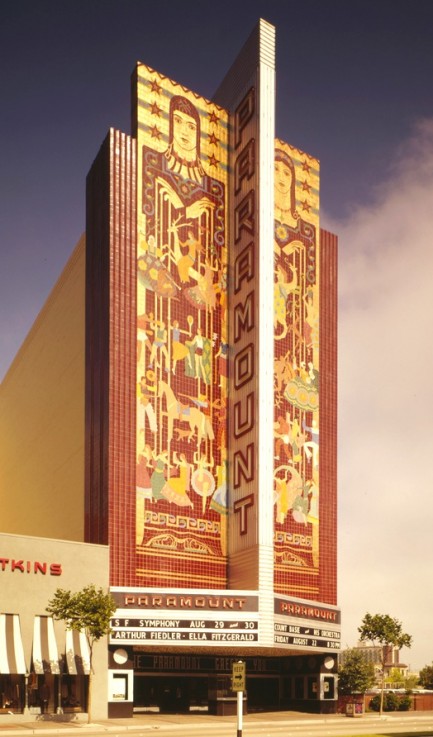 Paramount Theatre, Oakland (operational). Paramount Theatre, Oakland (operational).
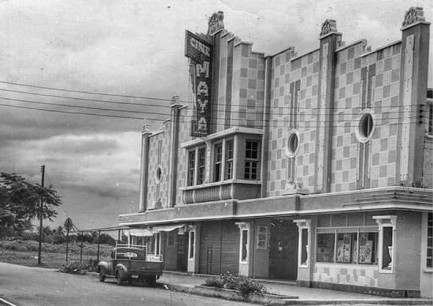 Cine Maya, Mérida (demolished). Cine Maya, Mérida (demolished).
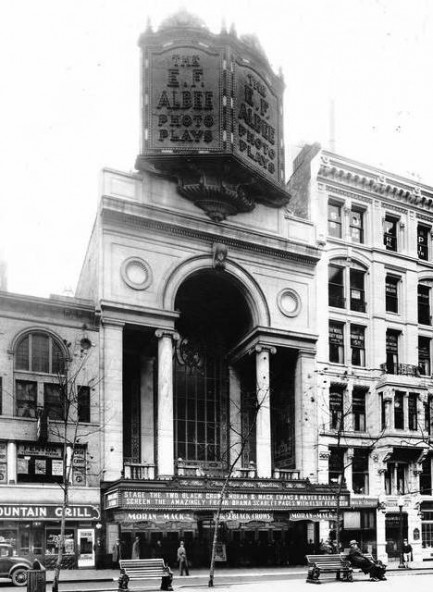 The Albee Cinema, Cincinnati (demolished) The Albee Cinema, Cincinnati (demolished)
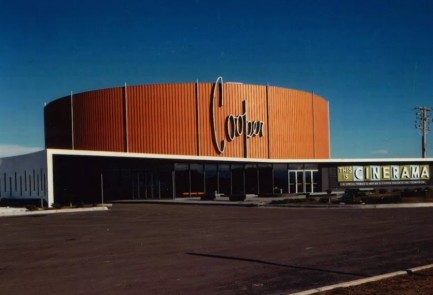 Cooper Theatre, Denver (demolished). Cooper Theatre, Denver (demolished).
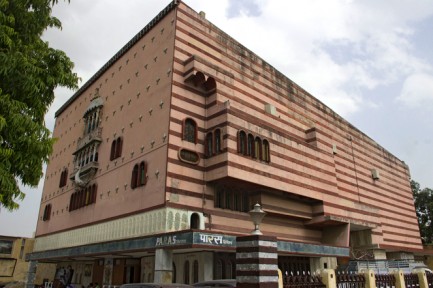 Paras Cinema, Jaipur (operational). Paras Cinema, Jaipur (operational).
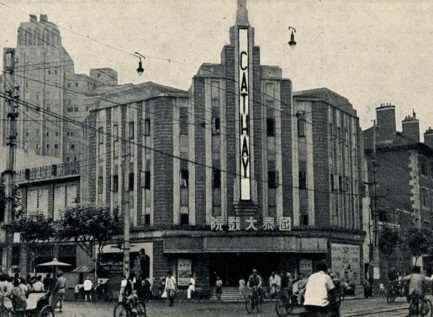 Cathay Cinema, Shanghai (operational). Cathay Cinema, Shanghai (operational).
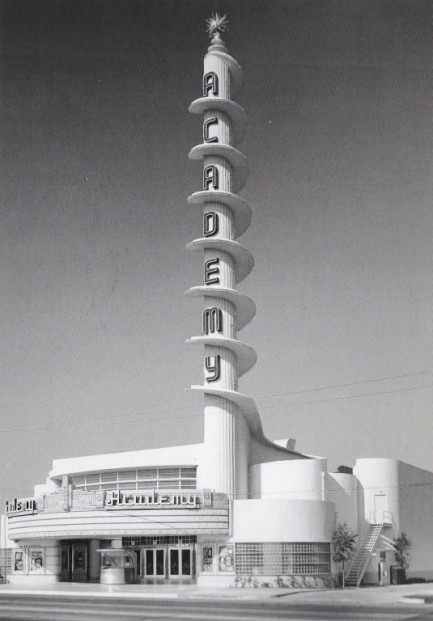 Academy Theatre, Los Angeles (operational). Academy Theatre, Los Angeles (operational).
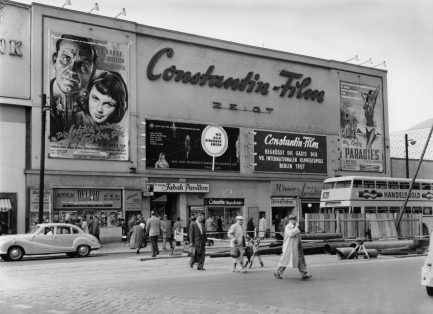 Charlottenburg Filmwerbung, Berlin (demolished). Charlottenburg Filmwerbung, Berlin (demolished).
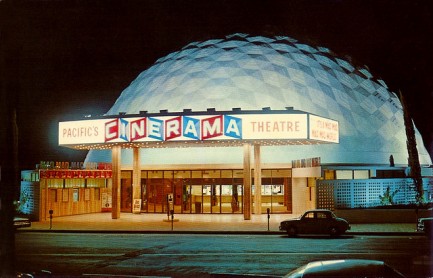 Pacific's Cinerama Theatre, Los Angeles (operational). Pacific's Cinerama Theatre, Los Angeles (operational).
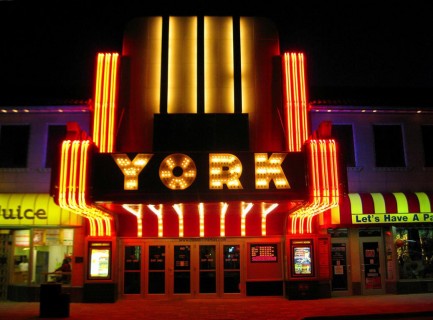 York Theatre, Elmhurst (operational). York Theatre, Elmhurst (operational).
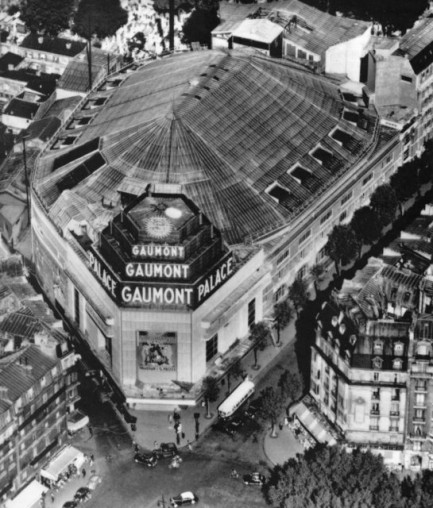 La Gaumont-Palace, Paris (demolished). La Gaumont-Palace, Paris (demolished).
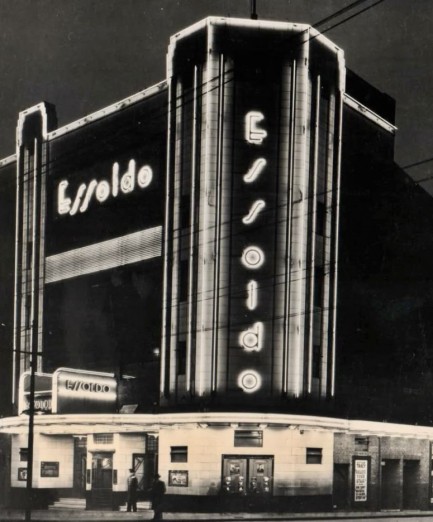 Essoldo Cinema, Newcastle (demolished). Essoldo Cinema, Newcastle (demolished).
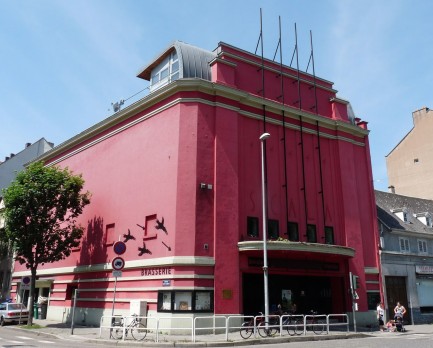 Théâtre Scala, Strasbourg (operational). Théâtre Scala, Strasbourg (operational).
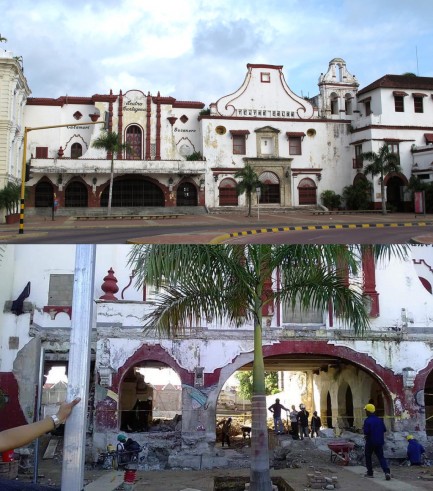 Teatro Colón, Cartagena (demolished in 2018). Teatro Colón, Cartagena (demolished in 2018).
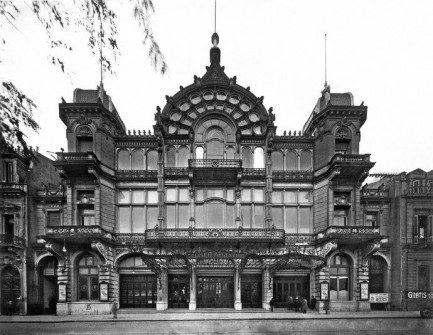 Teatro Coliseo Argentino, Buenos Aires (demolished). Teatro Coliseo Argentino, Buenos Aires (demolished).
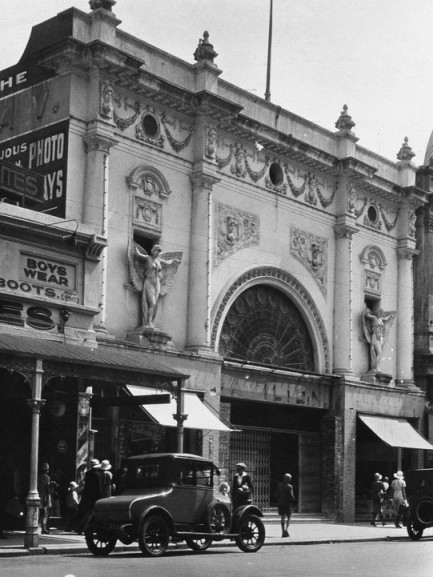 Pavilion Theater, Adelaide (demolished). Pavilion Theater, Adelaide (demolished).
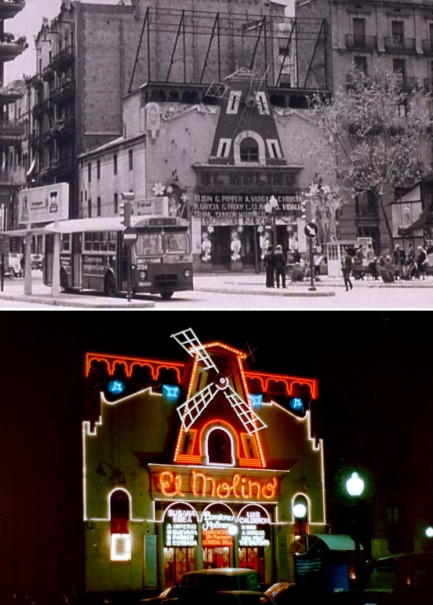 El Molino Teatro, Barcelona (operational). El Molino Teatro, Barcelona (operational).
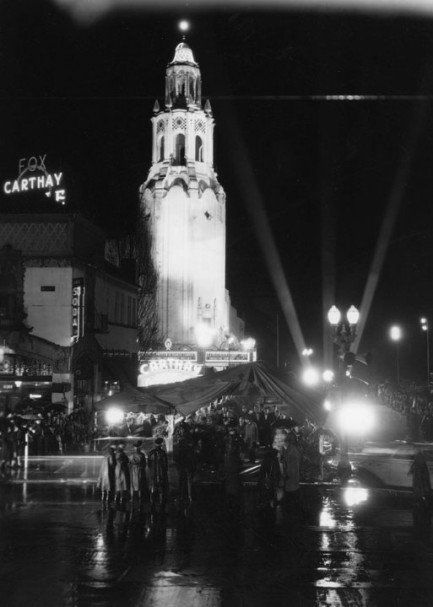 Fox Carthay Theatre, Los Angeles (demolished). Fox Carthay Theatre, Los Angeles (demolished).
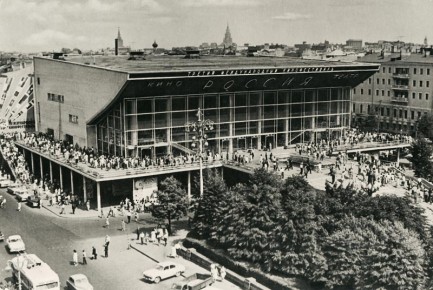 Kino Rossiya Teatr, Moscow (operational). Kino Rossiya Teatr, Moscow (operational).
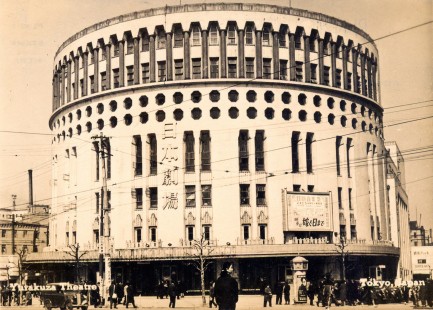 Nippon Gekijo, aka Nichigeki, Tokyo (demolished). Nippon Gekijo, aka Nichigeki, Tokyo (demolished).
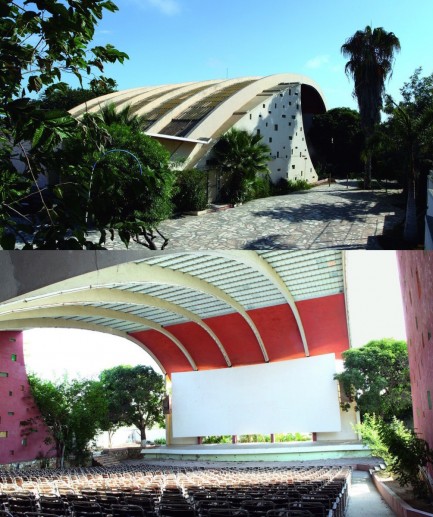 Cine Impala, Namibe (operational). Cine Impala, Namibe (operational).
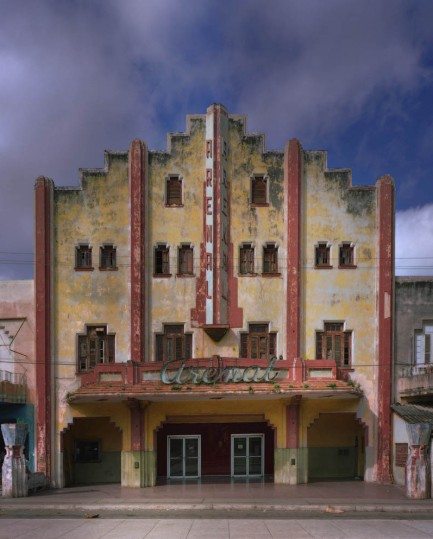 Cine Arenal, Havana (operational). Cine Arenal, Havana (operational).
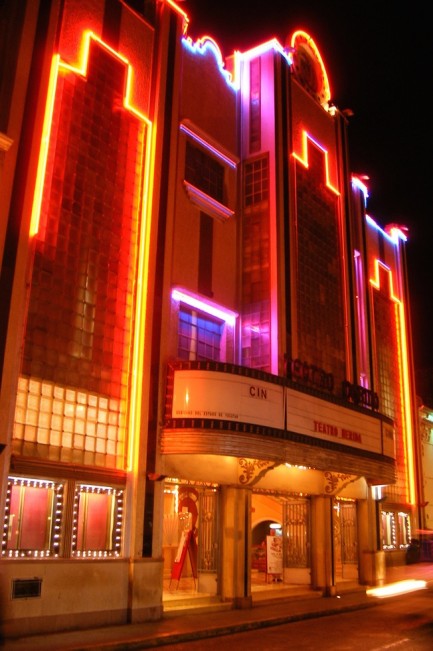 Teatro Mérida, Mérida (operational, renamed Teatro Armando Manzanero). Teatro Mérida, Mérida (operational, renamed Teatro Armando Manzanero).
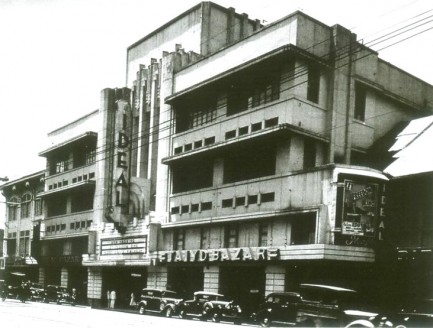 Ideal Theater, Manila (demolished). Ideal Theater, Manila (demolished).
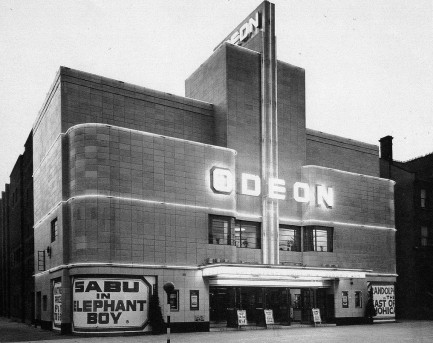 Odeon Cinema, London (semi-demolished, converted to apartments). Odeon Cinema, London (semi-demolished, converted to apartments).
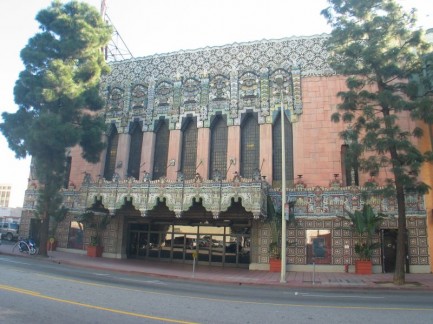 Mayan Theatre, Los Angeles (operational). Mayan Theatre, Los Angeles (operational).
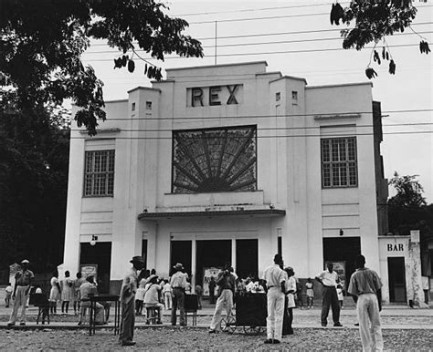 Rex Cinema, Port au Prince (being restored). Rex Cinema, Port au Prince (being restored).
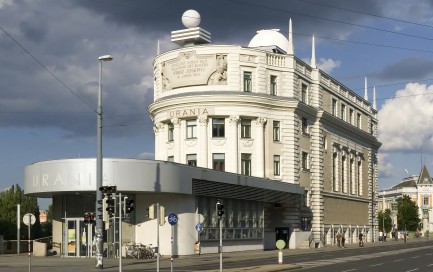 Urania Kino, Vienna (operational). Urania Kino, Vienna (operational).
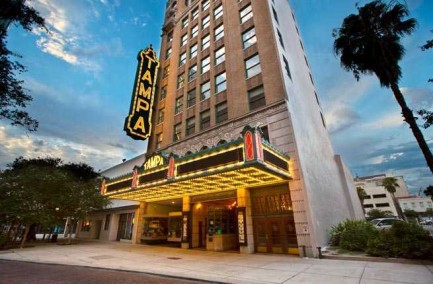 Tampa Theatre, Tampa (operational). Tampa Theatre, Tampa (operational).
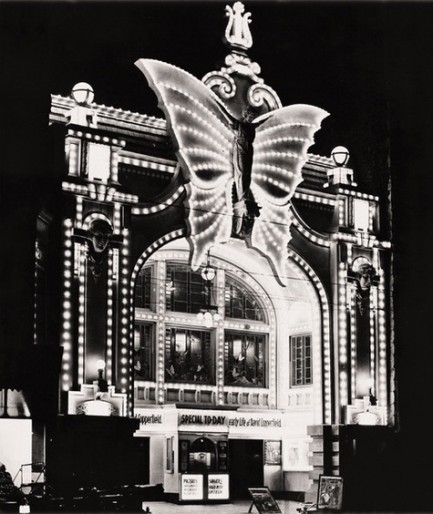 The Butterfly Theater, Milwaukee (demolished). The Butterfly Theater, Milwaukee (demolished).
 What would you do to get your hands on $3.5 million? 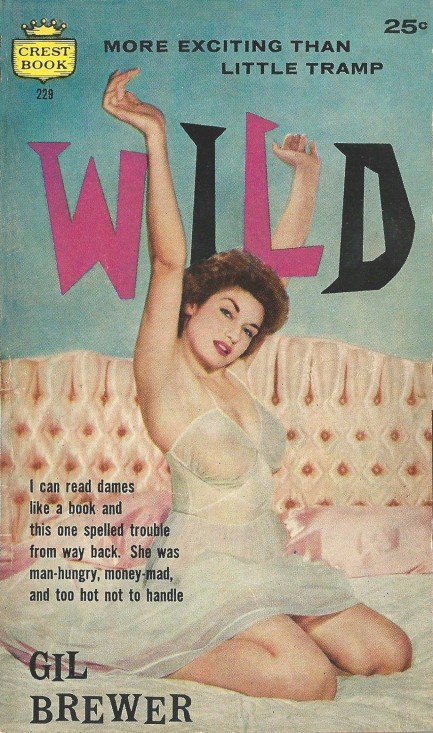 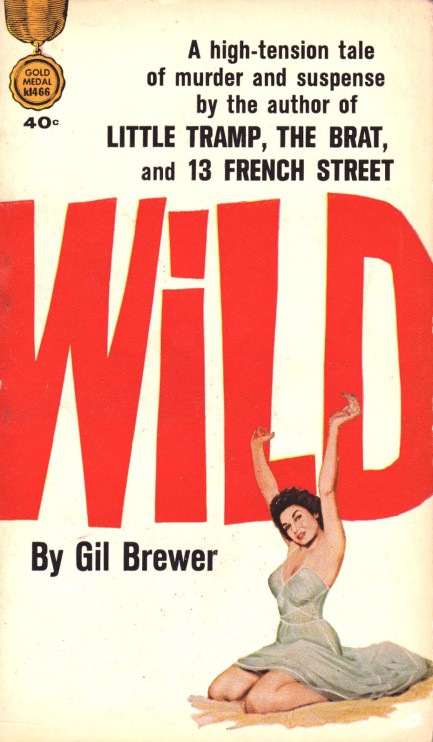
Gil Brewer wrote a lot of books. Wild rates in the bottom tier, according to most critics. When private detective Lee Baron takes over his father's investigative agency his first case is an old flame asking him to intercede on her behalf with her angry, cuckolded husband. Baron finds not an angry spouse but a mutilated corpse. Arms removed, face chopped apart with a hatchet, it's clear somebody was very angry at him. Or they were trying to obscure his identity—which means the corpse might not be the husband at all. When Baron uncovers a connection to a $400,000 bank robbery ($3.5 million in today's money) he begins to think he's landed a case that can put his agency on the map—if the police don't shut him down before he gets started. We agree this isn't Brewer's best, but it's still a mildly entertaining jaunt into Tampa, Florida's underbelly circa 1958. Above are two editions from Fawcett Crest and Gold Medal (aka Fawcett Crest).
|
 |

The headlines that mattered yesteryear.
1945—Churchill Given the Sack
In spite of admiring Winston Churchill as a great wartime leader, Britons elect
Clement Attlee the nation's new prime minister in a sweeping victory for the Labour Party over the Conservatives. 1952—Evita Peron Dies
Eva Duarte de Peron, aka Evita, wife of the president of the Argentine Republic, dies from cancer at age 33. Evita had brought the working classes into a position of political power never witnessed before, but was hated by the nation's powerful military class. She is lain to rest in Milan, Italy in a secret grave under a nun's name, but is eventually returned to Argentina for reburial beside her husband in 1974. 1943—Mussolini Calls It Quits
Italian dictator Benito Mussolini steps down as head of the armed forces and the government. It soon becomes clear that Il Duce did not relinquish power voluntarily, but was forced to resign after former Fascist colleagues turned against him. He is later installed by Germany as leader of the Italian Social Republic in the north of the country, but is killed by partisans in 1945. 1915—Ship Capsizes on Lake Michigan
During an outing arranged by Western Electric Co. for its employees and their families, the passenger ship Eastland capsizes in Lake Michigan due to unequal weight distribution. 844 people die, including all the members of 22 different families. 1980—Peter Sellers Dies
British movie star Peter Sellers, whose roles in Dr. Strangelove, Being There and the Pink Panther films established him as the greatest comedic actor of his generation, dies of a heart attack at age fifty-four.
|

|
|

It's easy. We have an uploader that makes it a snap. Use it to submit your art, text, header, and subhead. Your post can be funny, serious, or anything in between, as long as it's vintage pulp. You'll get a byline and experience the fleeting pride of free authorship. We'll edit your post for typos, but the rest is up to you. Click here to give us your best shot.

|
|


 Paramount Theatre, Oakland (operational).
Paramount Theatre, Oakland (operational). Cine Maya, Mérida (demolished).
Cine Maya, Mérida (demolished). The Albee Cinema, Cincinnati (demolished)
The Albee Cinema, Cincinnati (demolished) Cooper Theatre, Denver (demolished).
Cooper Theatre, Denver (demolished). Paras Cinema, Jaipur (operational).
Paras Cinema, Jaipur (operational). Cathay Cinema, Shanghai (operational).
Cathay Cinema, Shanghai (operational). Academy Theatre, Los Angeles (operational).
Academy Theatre, Los Angeles (operational). Charlottenburg Filmwerbung, Berlin (demolished).
Charlottenburg Filmwerbung, Berlin (demolished). Pacific's Cinerama Theatre, Los Angeles (operational).
Pacific's Cinerama Theatre, Los Angeles (operational). York Theatre, Elmhurst (operational).
York Theatre, Elmhurst (operational). La Gaumont-Palace, Paris (demolished).
La Gaumont-Palace, Paris (demolished). Essoldo Cinema, Newcastle (demolished).
Essoldo Cinema, Newcastle (demolished). Théâtre Scala, Strasbourg (operational).
Théâtre Scala, Strasbourg (operational). Teatro Colón, Cartagena (demolished in 2018).
Teatro Colón, Cartagena (demolished in 2018). Teatro Coliseo Argentino, Buenos Aires (demolished).
Teatro Coliseo Argentino, Buenos Aires (demolished). Pavilion Theater, Adelaide (demolished).
Pavilion Theater, Adelaide (demolished). El Molino Teatro, Barcelona (operational).
El Molino Teatro, Barcelona (operational). Fox Carthay Theatre, Los Angeles (demolished).
Fox Carthay Theatre, Los Angeles (demolished). Kino Rossiya Teatr, Moscow (operational).
Kino Rossiya Teatr, Moscow (operational). Nippon Gekijo, aka Nichigeki, Tokyo (demolished).
Nippon Gekijo, aka Nichigeki, Tokyo (demolished). Cine Impala, Namibe (operational).
Cine Impala, Namibe (operational). Cine Arenal, Havana (operational).
Cine Arenal, Havana (operational). Teatro Mérida, Mérida (operational, renamed Teatro Armando Manzanero).
Teatro Mérida, Mérida (operational, renamed Teatro Armando Manzanero). Ideal Theater, Manila (demolished).
Ideal Theater, Manila (demolished). Odeon Cinema, London (semi-demolished, converted to apartments).
Odeon Cinema, London (semi-demolished, converted to apartments). Mayan Theatre, Los Angeles (operational).
Mayan Theatre, Los Angeles (operational). Rex Cinema, Port au Prince (being restored).
Rex Cinema, Port au Prince (being restored). Urania Kino, Vienna (operational).
Urania Kino, Vienna (operational). Tampa Theatre, Tampa (operational).
Tampa Theatre, Tampa (operational). The Butterfly Theater, Milwaukee (demolished).
The Butterfly Theater, Milwaukee (demolished).






































































